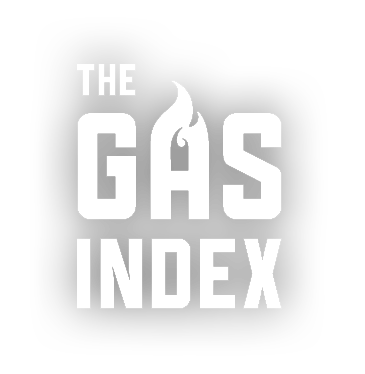Estimates from the Gas Index model indicate that substantially more methane leakage is occurring from the U.S. natural gas supply chain than is estimated by the Environmental Protection Agency’s Greenhouse Gas Inventory. The Gas Index estimates are higher because they are based on new studies of methane leakage across the gas system, including in production areas and within cities. These new studies often show that components of the system are leaking at a higher rate than previously estimated.
All 71 cities evaluated in the Gas Index have life cycle leakage rates higher than estimated in the EPA’s Greenhouse Gas Inventory, and some cities have leakage rates more than four times higher than the EPA estimate.
By highlighting which cities have the leakiest gas supplies, and which parts of the system are most responsible, The Gas Index highlights where efforts can best be directed for fixing the gas system—and which cities would cut emissions the most by switching from gas-burning appliances to those that run on electricity.


